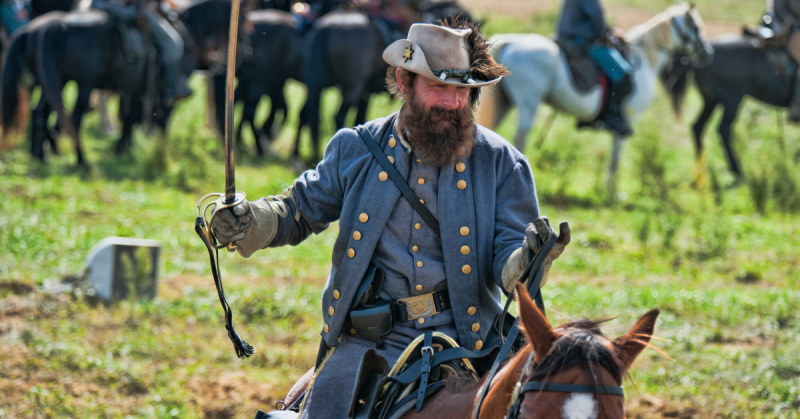Today marks the 156th anniversary of Antietam, arguably the pivotal battle of the Civil War. Had the South won on that September day, Robert E. Lee could have marauded through Union territory, European powers might have intervened on behalf of the Rebels, Maryland might have flipped its loyalty to the Confederacy.
What we know as America might be two separate nations today. Instead the Union was victorious, banishing Lee’s army from the North, paving the way for the Emancipation Proclamation, which freed the slaves.
So much was at stake — the fighting rose to a pitch that was heretofore unimaginable. Antietam still holds the grim distinction as the day with the highest death toll in American history. But it was more than a mere bloodbath. The battle featured the debuts of Jonathan Letterman and Clara Barton, medical pioneers who transformed the way care is delivered to wounded soldiers.
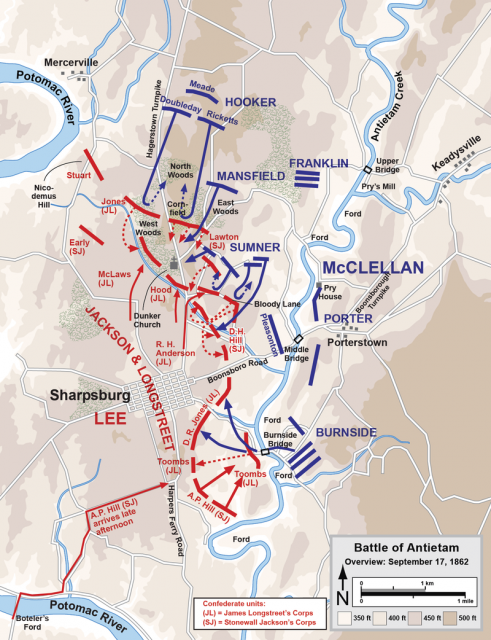
Alexander Gardner ranged over the field taking a landmark series of photographs that awakened people on the home front to the realities of war. Today is a solemn anniversary, no question. It’s an occasion to contemplate the horror and loss of that long-ago day.
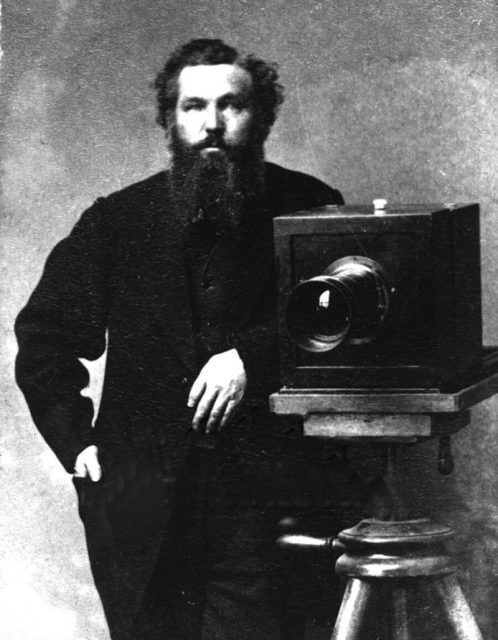
But it’s also an opportunity to celebrate the many ways the battle changed the world for the better. What follows is a series of numbers—alternately terrifying, shocking, and uplifting— related to Antietam, that most consequential of battles:
1,000,000
The estimated number of shots fired during the battle
More than 20,000 soldiers were killed or wounded by a bullet, some being hit multiple times. For example, Union men counted 28 bullet holes on the backside of a dead Rebel, frozen in the act of climbing a fence. So let’s say each casualty was hit five times on average, a very generous estimate.
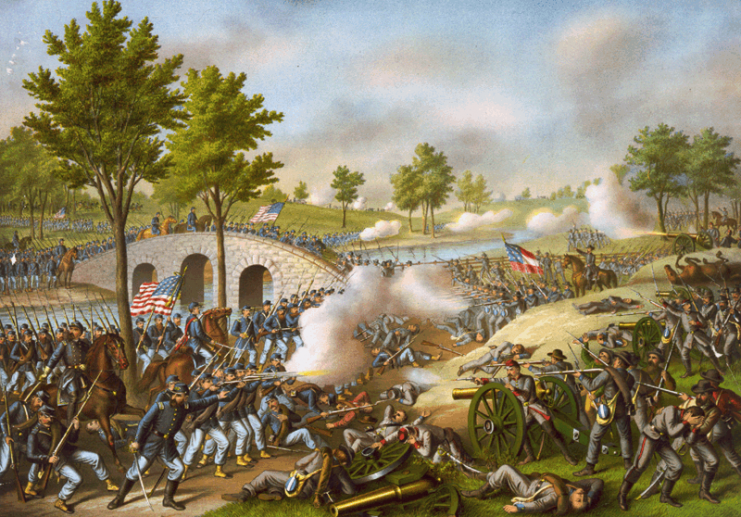
That means 100,000 bullets found their mark. That also means 900,000 errant shots. This laughable hit rate speaks to the inaccuracy of the era’s muskets. Even more so, it gives a flavor for the panic that prevailed that day. Picture broad lines of men facing one another at close range, loading and aiming in a veritable frenzy, trying to kill lest they be killed. That’s how you get 900,000 missed shots.
12
Number of hours the battle lasted.
Antietam began at daybreak, officially clocked in at 5:43 AM that day. It lasted until around 6:00 PM, when evening was drawing near and the shadows lengthened across Antietam Valley. As the sun pressed on the horizon, journalist Charles Coffin spotted some Union artillerists on a knoll, noted the way the men and their cannon stood out in black silhouette against the swollen red disk. He described it as a “lurid sunset.”
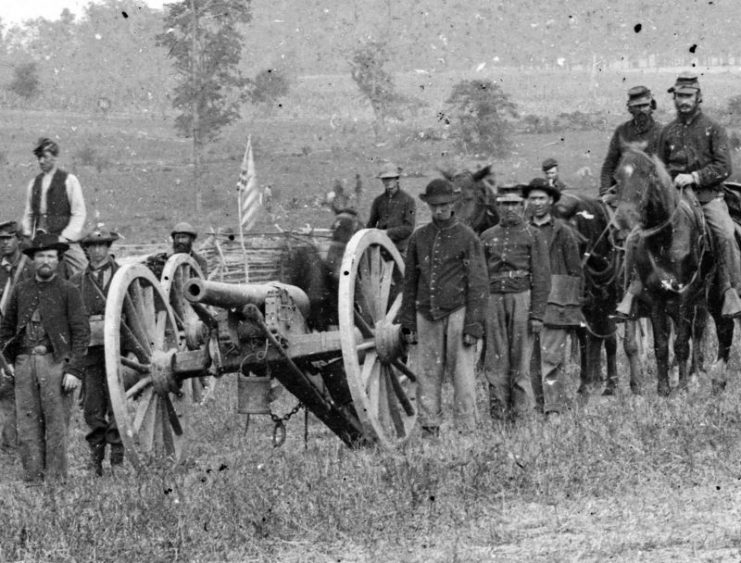
8
Number of women that supposedly fought in the battle, dressed in drag as soldiers
Rebecca Peterman, a plucky 16-year-old from Ellenboro, Wisconsin, represented her state’s 7th regiment, and viewed Antietam as an opportunity for adventure.
Meanwhile, Mary Galloway enlisted in hopes of meeting up with her boyfriend (Lieutenant Harry Barnard of the 3rd Wisconsin) on the battlefield. Instead she got shot in the neck. Galloway was carried to a field hospital, but she resisted the treatment offered by male doctors.
Naturally, they assumed she was a male soldier. Fortunately, Clara Barton happened by and was able to attend to her fellow female. Later, Barton helped reunite Galloway with Barnard, who was laid up in a hospital in Washington, DC. The couple married and had a daughter named Clara.
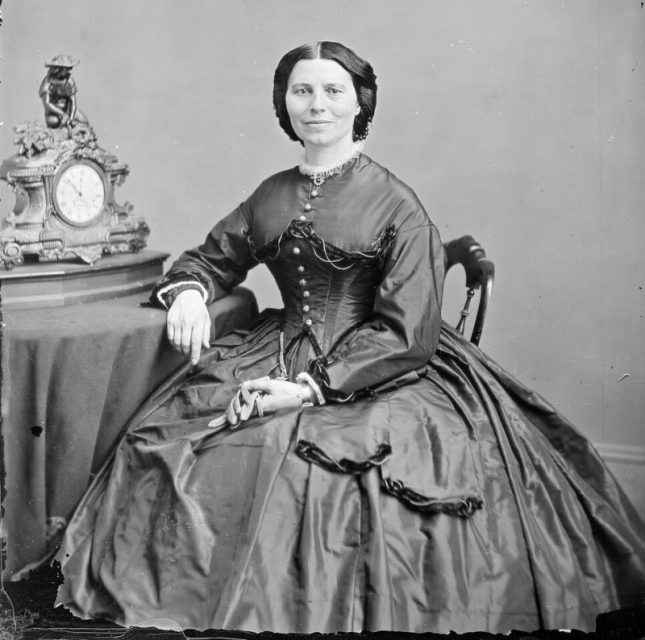
500
Number of cannons deployed at Antietam.
Because the Confederates had a knack for capturing cannons during battle, also because they manufactured knockoffs of Federal designs, both sides had pretty much the same models, though the Rebels had fewer of them.
At Antietam, the cannons launched a frightening variety of shots and shells. For example, case featured an iron casing (hence the name) that exploded midair raining sharp fragments down onto soldiers.
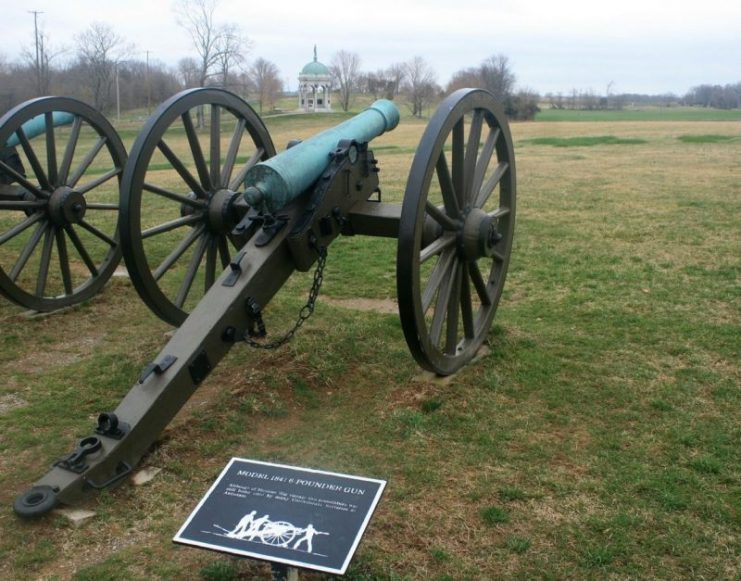
Canister consisted of a tin can stuffed with sawdust and 27 plum-size iron balls. On firing, the engorged can couldn’t clear the end of the cannon muzzle, but sufficient momentum was achieved to send the balls tearing through the flimsy tin, whereupon they’d spray out in all directions. Canister, used for close-range targets, turned a cannon into a giant shotgun. Not for nothing was Antietam known as “artillery hell.”
6
Number of major generals killed at Antietam
Three from each side fell. Isaac Peace Rodman was racing downhill on horseback in a desperate bid to warn his Union charges about a pending sneak attack. A sharpshooter’s bullet pierced his lung. He tumbled from his horse, was carried from the field, and died two weeks later.
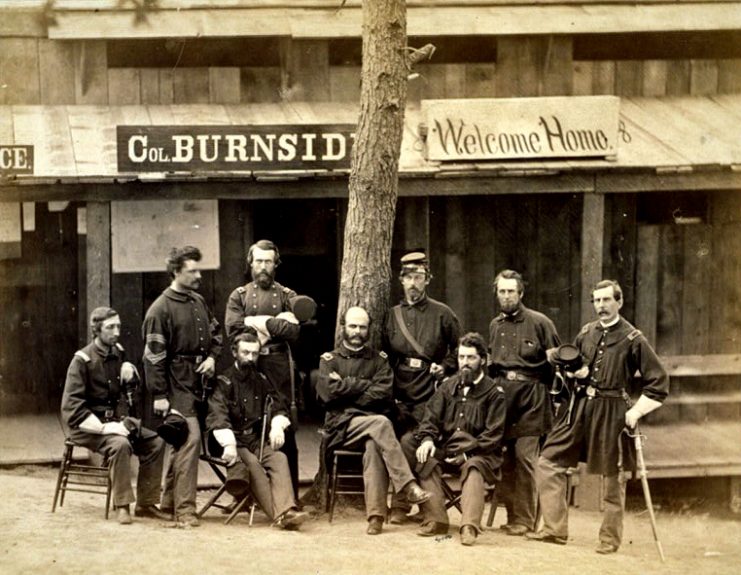
Confederate George B. Anderson, struck in the ankle by a mini ball during the Bloody Lane fighting, set off on a medical circuit, Shepherdstown to Staunton, Virginia, to his home in Raleigh, North Carolina. There, the wound became infected, and a doctor amputated his foot. Anderson died on October 17, 1862, exactly one month after the battle.
The other major generals killed at Antietam: Joseph Mansfield and Israel Richardson (Union) William Starke and Lawrence Branch (Confederates).
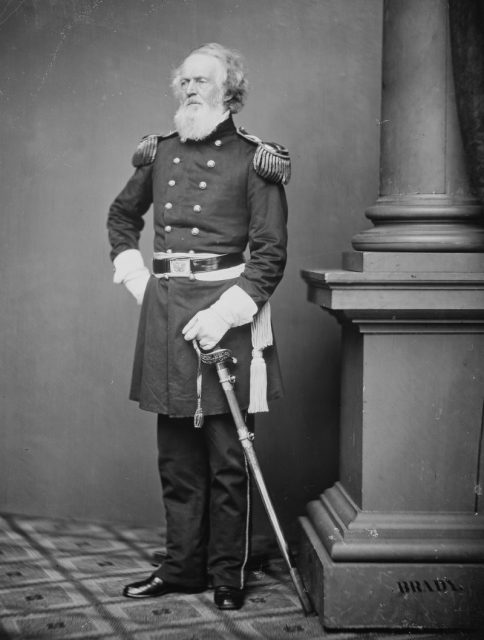
95
Number of Antietam photographs taken by Alexander Gardner
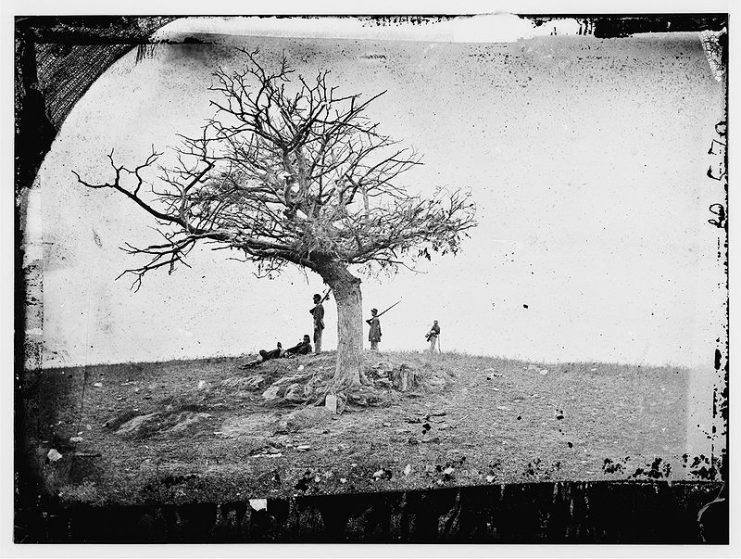
Gardner, an associate of the famous Mathew Brady, traveled to Antietam hoping to capture images of war. Due to the long exposure times of the era’s cameras, live action shots would have been blurry beyond recognition. After the battle ended, however, he was able to range freely over the field in his mobile horse-drawn darkroom, known as the What’s-it Wagon.
Gardner documented such classic Antietam landmarks as the Burnside Bridge and the little Dunker Church, riddled by shells but still standing. However, his focus was dead soldiers. This made eminent sense: Dead men don’t move so they don’t blur photos.
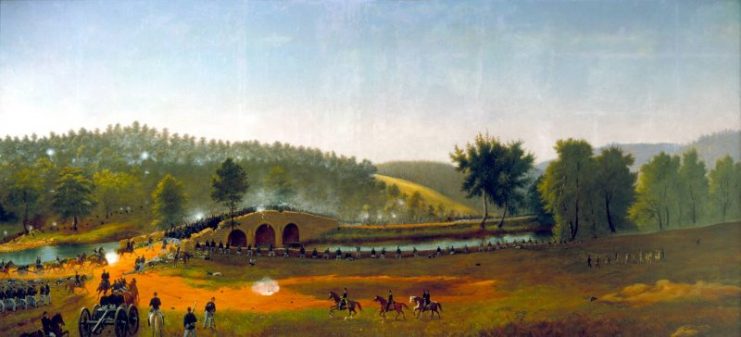
Gardner knew he’d captured something spectacular. His collection “The Dead of Antietam,” was exhibited at Brady’s Manhattan gallery. The wide-eyed romanticism of Walter Scott or Arthurian legends was nowhere to be found in Gardner’s stark images; they forever changed the way the public viewed warfare.
55,000
The number of Union soldiers on the field when the battle began
Recent scholarship by Daniel Vermilya makes a convincing case that the Union opened the battle with 55,000 men. This represents a substantial downward troop-strength adjustment; in the past it’s sometimes been claimed that as many as 80,000 Federals were present at the outset.
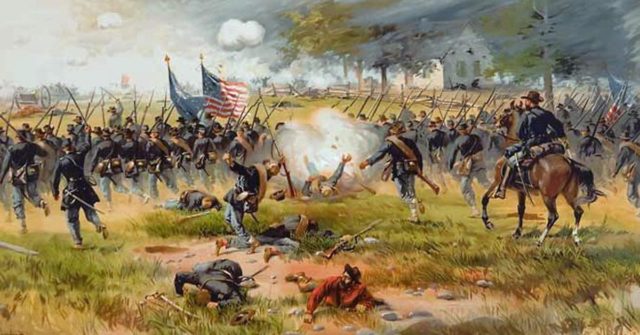
However, an additional 12,000 Union troops would arrive by noontime. By contrast, the Rebels entered the fight at a severe numerical disadvantage, no question. Best estimate: 35,000 men.
0
Number of confirmed bayonet stabbings
Infantrymen on both sides carried bayonets. Throughout the day, both Union and Confederate soldiers were given the “fix bayonet” command, meaning: withdraw the blade from your scabbard and attach it to your musket. Yet despite rumors of crazed combatants jabbing and slashing with abandon, there’s no evidence that any bayonets were actually used in the battle. (In this regard, Antietam was like other Civil War battles where bayonet use was an extreme rarity.)
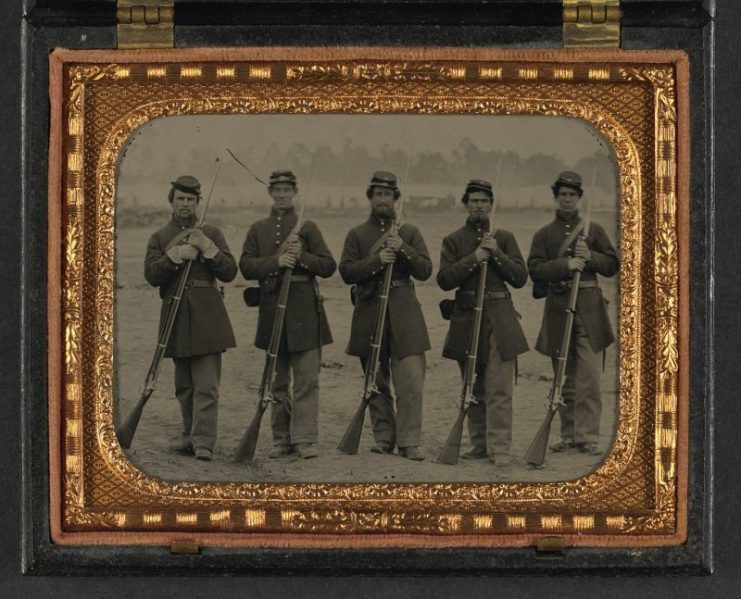
Truth be told, bayonets were unrivaled at sowing psychological terror, but soldiers found it too intimate and too gory to stab someone, even a sworn enemy. What’s more, withdrawing the blade from a victim proved time-consuming, eating up critical seconds during which a soldier could be dangerously exposed to enemy fire.
Better to shoot someone from a distance. When forced into close proximity with the enemy, the preferred option was to deliver a swift clubbing with a musket butt—forget the bayonet.
24
Number of days since the 16th Connecticut was mustered into service
On August 24, 1862, the 16th Connecticut was organized in Hartford, Connecticut. When the regiment took the field at Antietam, it was all of 24-days old. The men had never drilled, scarcely knew how to form a battle line. This would have grave implications.
For inexplicable reasons, during the Federal final assault, the 16th occupied the far edge of the mile-wide battle line. Incredibly, a greenhorn regiment represented the flank of Union commander George McClellan’s entire army. The 16th made halting progress up the hillside leading to Sharpsburg, eventually getting hung up in a cornfield.
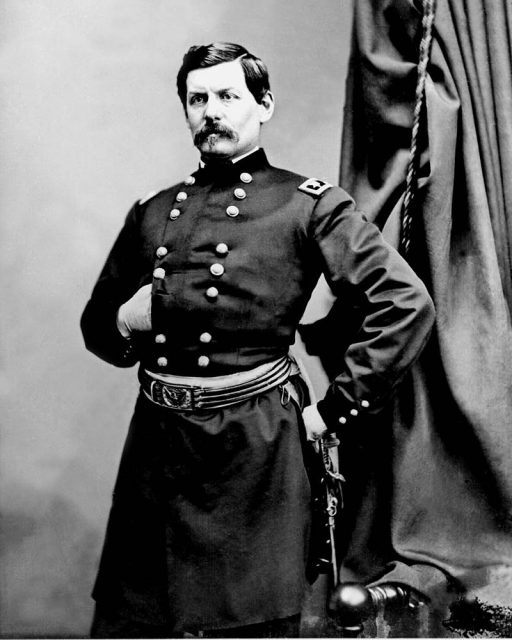
That’s when disaster struck. A.P. Hill arrived on at the field, 2,500 fresh Rebels in train, having made his famous 17-mile march from Harpers Ferry. Wasting no time, the Rebs slammed into the 16th Connecticut—an epic mismatch. Thus, began the Federal skedaddle back down the hillside, one that would result in the battle ending as a tactical draw.
2
Number of Robert E. Lee’s hands that were bandaged during the battle
At Antietam, both of Lee’s hands were swaddled in bandages, the result of a fall he’d suffered a few weeks earlier after Second Bull Run. This was a supreme indignity in the eyes of the Confederate commander. While monitoring the battle’s progress, he couldn’t grip his horse’s reins; Traveller had to be led by an orderly.
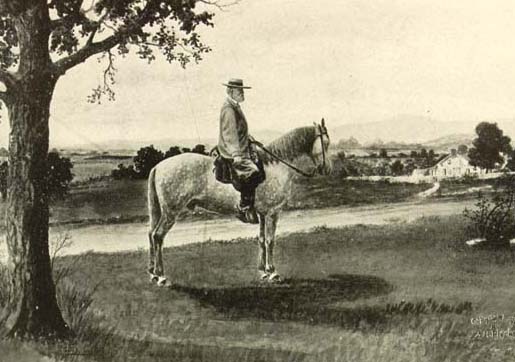
Nevertheless, the Rebel commander proved more mobile and adventurous than McClellan, his Union counterpart, who didn’t make an appearance on the battlefield proper until roughly 2 P.M.
5,500
Number of soldiers who died as a result of Antietam
The battle’s official death toll is 3,650. But roughly 2,000 more soldiers succumbed to their injuries in the weeks and months following the battle. Even years later, Antietam was claiming victims.
Early in the morning of September 17, while conducting reconnaissance on horseback, Union Brigadier General George Hartsuff was struck by a shell fragment that lodged in his left hip. He went woozy from loss of blood, and had to be carried from the field. Complications from the old wound would contribute to his death twelve years after the battle.
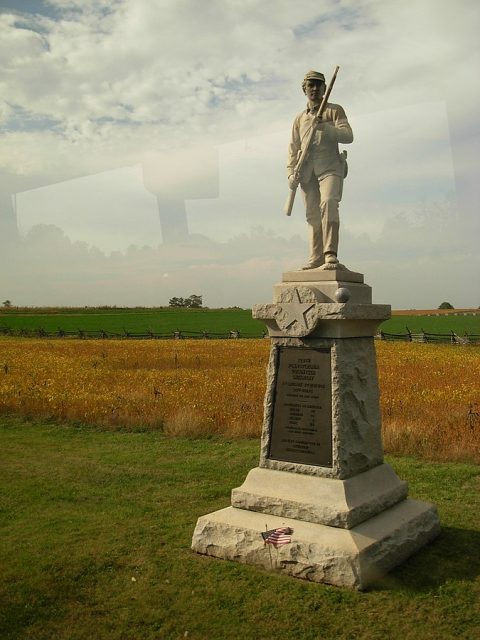
1
Number of nations where once there were two, thanks in great measure to the outcome at Antietam
Today is September 17, so this will be the final installment in guest blogger Justin Martin’s countdown to Antietam. Martin’s posts have featured little-known episodes he learned about while researching his new book, A Fierce Glory: Antietam—The Desperate Battle That Saved Lincoln and Doomed Slavery (Da Capo Press).
You can order the book here and here is Justin Martin’s website.

Read another article from us – Snipers Created Confederate Chain-of-Command Crisis at Antietam
War History Online would like to thank Justin Martin for preparing these insightful stories about one of the pivotal battles in America’s most devastating war. We encourage you to check out A Fierce Glory for yourselves.
